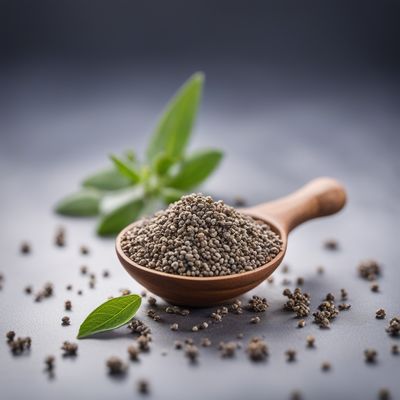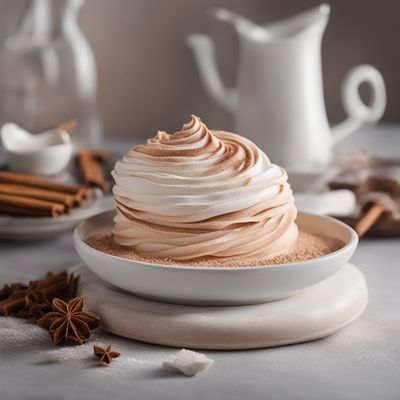
Ingredient
Baobab seeds
The Nutritional Powerhouse: Baobab Seeds Unveiled
Baobab seeds are small, oval-shaped seeds that come from the fruit of the baobab tree (Adansonia digitata). They have a hard outer shell and a soft, powdery white interior. The seeds have a slightly tangy and citrusy flavor, reminiscent of tart tropical fruits like oranges and grapefruits. The texture of baobab seeds is crunchy, similar to nuts, making them a delightful addition to various dishes. Their appearance is visually appealing, with a creamy white color and a smooth, glossy surface.
Origins and history
Baobab trees are native to Africa, particularly the savannahs and dry regions of sub-Saharan Africa. The baobab tree has a rich cultural and historical significance in African communities, often referred to as the "Tree of Life" due to its ability to provide food, water, shelter, and traditional medicine. Baobab seeds have been used for centuries in African cuisine and traditional medicine for their nutritional and medicinal properties.
Nutritional information
Baobab seeds are a nutritional powerhouse, rich in essential nutrients such as fiber, protein, healthy fats, and a wide range of vitamins and minerals. They are particularly high in vitamin C, antioxidants, calcium, magnesium, and potassium, making them a valuable addition to a balanced diet.
Allergens
Baobab seeds are not commonly associated with allergens, but individuals with nut allergies should exercise caution as they have a similar texture and can be processed in facilities that handle nuts.
How to select
When selecting baobab seeds, look for ones that have a clean, unblemished exterior and a firm texture. Avoid seeds that appear discolored or have a rancid smell. Opt for reputable brands or sources to ensure the highest quality and freshness.
Storage recommendations
To maintain the freshness and quality of baobab seeds, store them in an airtight container in a cool, dry place, away from direct sunlight. Properly stored, baobab seeds can retain their quality for up to a year.
How to produce
Baobab trees take several years to mature and produce fruit. Growing a baobab tree from seed requires patience and specific growing conditions, including well-drained soil and a warm climate. It is recommended to consult local agricultural experts or nurseries for guidance on successfully growing baobab trees.
Preparation tips
Baobab seeds can be enjoyed in various ways. They can be eaten raw as a snack, added to smoothies, sprinkled over salads, or used as a topping for yogurt or desserts. To enhance their flavor, lightly roast the seeds in a dry pan for a few minutes until they become fragrant. Grinding baobab seeds into a fine powder is another popular option, which can be used as a natural thickener in soups, stews, or sauces.
Culinary uses
Baobab seeds are commonly used in African cuisine, where they are incorporated into traditional dishes such as porridges, soups, and stews. They add a delightful crunch and tangy flavor to baked goods like bread, cookies, and cakes. Baobab seed powder is also used as a natural flavoring agent in beverages, including smoothies, juices, and cocktails.
Availability
Baobab seeds are commonly available in regions where baobab trees grow, primarily in Africa. They can also be found in specialty stores or online retailers that offer a wide range of exotic ingredients.



